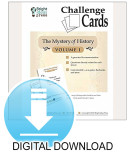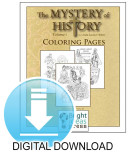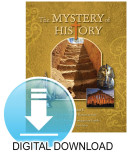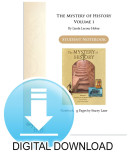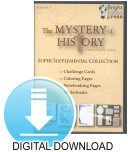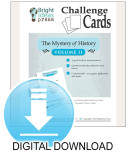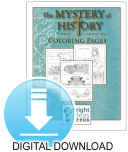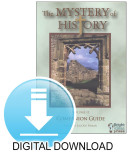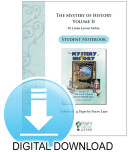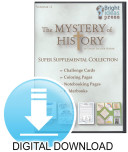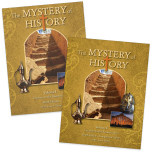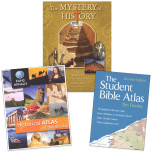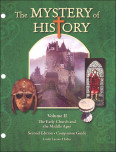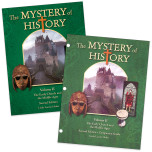We use cookies to make your experience better. To comply with the new e-Privacy directive, we need to ask for your consent to set the cookies. Learn more.
The idea is to have the child repeat the drill every day until she is reading at or beyond grade level. This can be pretty challenging, especially at the onset of reading. Occasional review pages combine words with similar constructs, and pages with paragraphs for practice reading are also included.
We have found this to be a most useful vehicle for taking the children from decoding to reading. Until a child is able to decode words at some level of speed, it is difficult to have them read for meaning. By the time they reach the end of even a short sentence, the meaning may be lost. Not always enjoyable, some skills just require practice, practice, practice! A child just beginning to read may need to start out with just a column or two per page as an entire page may be too taxing. The print is large and easy to read. Drills only take a minute or two, but will greatly help the young reader sharpen her decoding skills.
The phonics worksheets (150 pages) are a good supplement. The sheets include page numbers that correspond to the page on which the phonics skill is practiced in the Victory Drill Book.
The Victory Pre-Drill Book is for use by beginning students. It provides high-speed handwriting practice of the alphabet and correct pronunciation of phonetic letters and letter combinations before students proceed to the Victory Drill Book. The newly revised (now spiral-bound) VDB Teacher's Guide provides direction for page-by-page use of the Victory Drill Book. It presents a sequential presentation of phonetic instruction corresponding to the Victory Drill Book sequence. A CD is also available to help both you and your student hear the correct phonetic sounds of letters and letter combinations. The CD corresponds to the presentation of sounds in the Victory Drill Book.